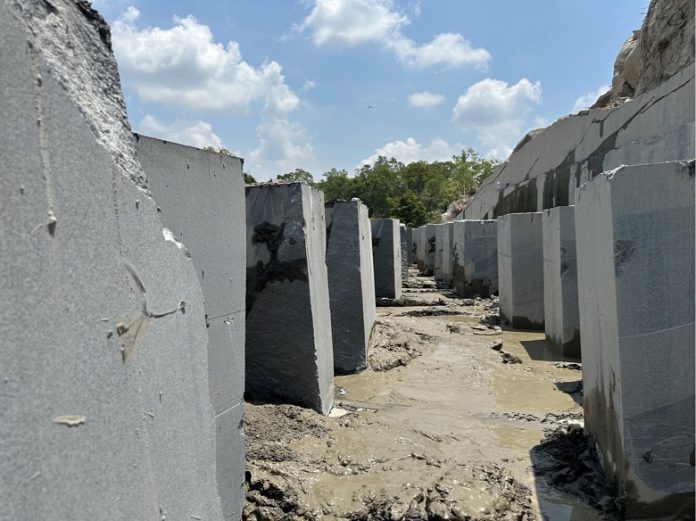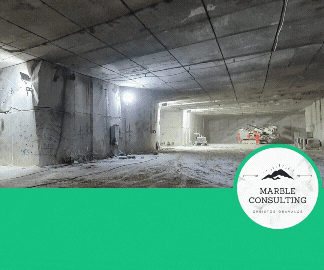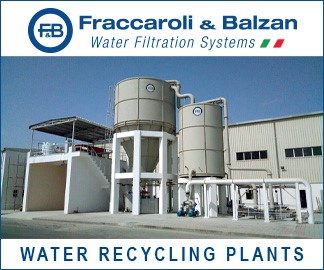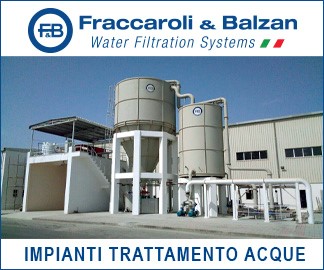The granite industry in Cambodia has experienced a significant resurgence in exports, following tax exemptions implemented in 2023. These exemptions have played a crucial role in helping the sector recover from the severe decline it faced during the COVID-19 pandemic.
According to Leng Davy, vice-president of the Cambodia Stone Quarries Association and CEO of Leng Rithy Group, businesses in the industry expanded after the government reduced export tax rates on certain natural stone products. As a result, many companies have resumed and increased their export activities, shipping between 20,000 and 30,000 containers of granite annually to international markets.
Recovery After the Pandemic
The COVID-19 pandemic had a devastating impact on the granite industry, with rising shipping costs forcing several local factories to suspend operations, leading to significant revenue losses and a decline in orders. However, the government’s decision to reduce export taxes has helped Cambodian granite regain competitiveness in the global market.
In 2024, the industry generated nearly $90 million in non-tax revenue, representing a 170% increase from 2023. Davy highlighted that approximately 90% of Cambodia’s granite is exported to China, Vietnam, Italy, Canada, and other countries, while the remaining 10% is used domestically.
Expansion and Regulation
Kratie province is a major hub for the granite industry, hosting 22 companies that operate 27 projects across approximately 2,000 hectares. Davy explained that most granite is extracted from underground, with only a small portion coming from mountainous areas. To ensure sustainable extraction, companies must comply with strict regulations set by the Ministry of Mines and Energy, which conducts inspections every two years before renewing licenses.
Cambodia is estimated to have hundreds of millions of cubic meters of granite underground. However, extraction is carefully planned and regulated to align with the master plans submitted to the ministry, dictating the depth at which companies are permitted to dig.
Nationwide Industry Growth
Across Cambodia, the granite industry comprises 68 companies operating 90 projects across 11 provinces, covering a total area of 5,125,130 hectares. These provinces include Kratie, Kampong Chhnang, Kampong Speu, Kampot, Takeo, Battambang, Pursat, Preah Vihear, Ratanakiri, Siem Reap, and Stung Treng.
The Cambodia Stone Quarries Association, established in 2015, represents more than 30 granite firms operating 60 projects. With headquarters in Kratie and Phnom Penh, the industry has seen total investment capital exceed $200 million between 2015 and 2019. Notably, in 2002, Rithy Granite Cambodia became the first company to receive a government-issued granite quarry business license.
Tax Reforms Driving Growth
A major turning point for the industry came on September 29, 2023, when the government reduced the export duty on unprocessed natural stone from 30% to 10%. The tax reduction covered various stone types, including marble, travertine, ecaussine, granite, porphyry, basalt, sandstone, and other calcareous monumental and building stones.
Additionally, the government implemented tax reductions of 5-30% on stone slabs, while processed natural stones, such as setts, curb stones, flagstones, mosaic cubes, tiles, and granite, are now taxed at rates ranging from zero to 20%.
Government Acknowledgment
The rapid recovery of the granite industry has been recognized at the highest levels of government. On November 21, 2024, Prime Minister Hun Manet stated that the sector’s remarkable progress was one of his first achievements since taking office.
With ongoing government support, Cambodia’s granite industry is poised for sustained growth, solidifying its position as a key player in the global stone market.
Source: cambodianess.com






































